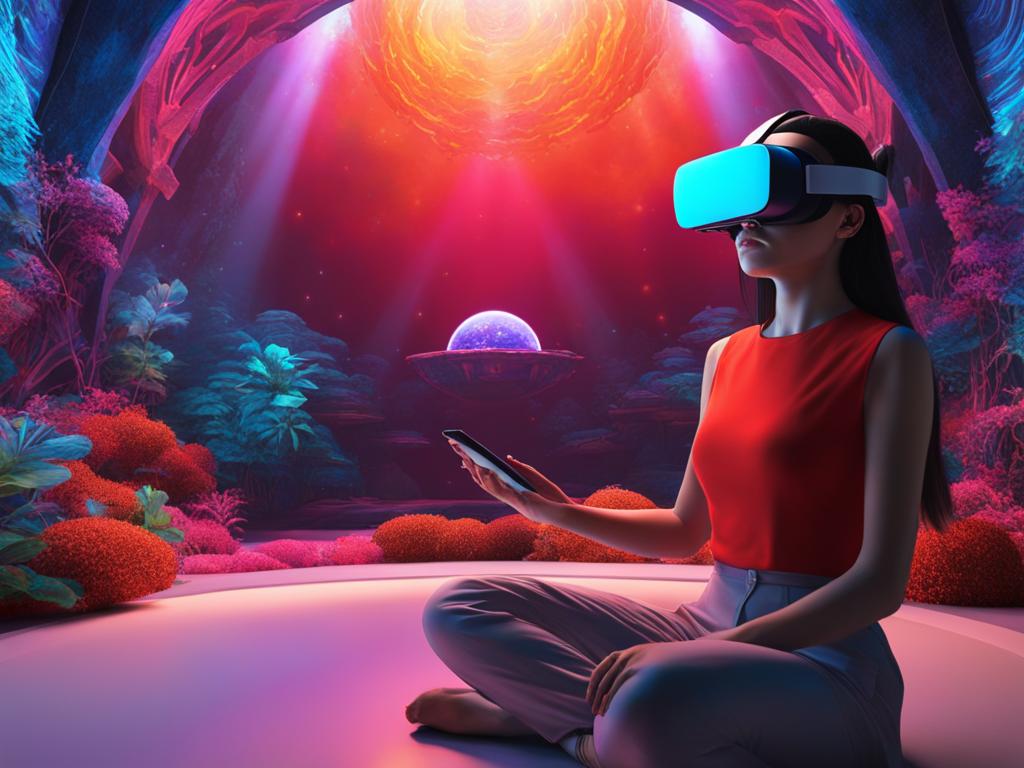Week 9: Space + Art
The fusion of space and art is a captivating subject that provides a richer understanding of both fields. This week's readings have highlighted the significant impact of artistic perspectives on scientific exploration. Artistic representations, especially in virtual reality (VR), create immersive environments that make places like Mars accessible for educational and experimental purposes. (Bereczki et al.) These visual tools simplify complex scientific concepts, transforming them into engaging and understandable experiences. The figure below exemplifies this combination of art and technology (Holmes).

Collaborations between artists and scientists foster creativity and innovation, enhancing both scientific research and public engagement. Such interdisciplinary efforts bring together diverse viewpoints, resulting in innovative solutions and a deeper comprehension of space missions. The following image celebrates the integration of art in space exploration and honors the contributions of women in art, astronautics, and astronomy (“Who We Support.”)
art that honors contribution of women in art, astronautics, and astronomy
The advent of commercial space travel has also influenced the cultural imagination of space. Companies like Blue Origin are reshaping public perceptions and narratives about space exploration, despite challenges like high costs and safety concerns (Funk).

Historical and contemporary space art projects, such as Mars Habitat and the Women in Space Art Project, exemplify the merger of art and technology, driving scientific inquiry and enriching both cultural and scientific dialogues (“Educator Guide"). The introductory video from the class underscores the importance of this integration, reinforcing the points discussed.
Hi Sophie! I really enjoyed your blog post this week. I found your discussion of VR as a meeting point between space technology and art to be very interesting and representative of the entanglement of these two field. This was also represented greatly by the images you chose - particularly the first two - that really encapsulated the artistic aspect of space tech
ReplyDelete